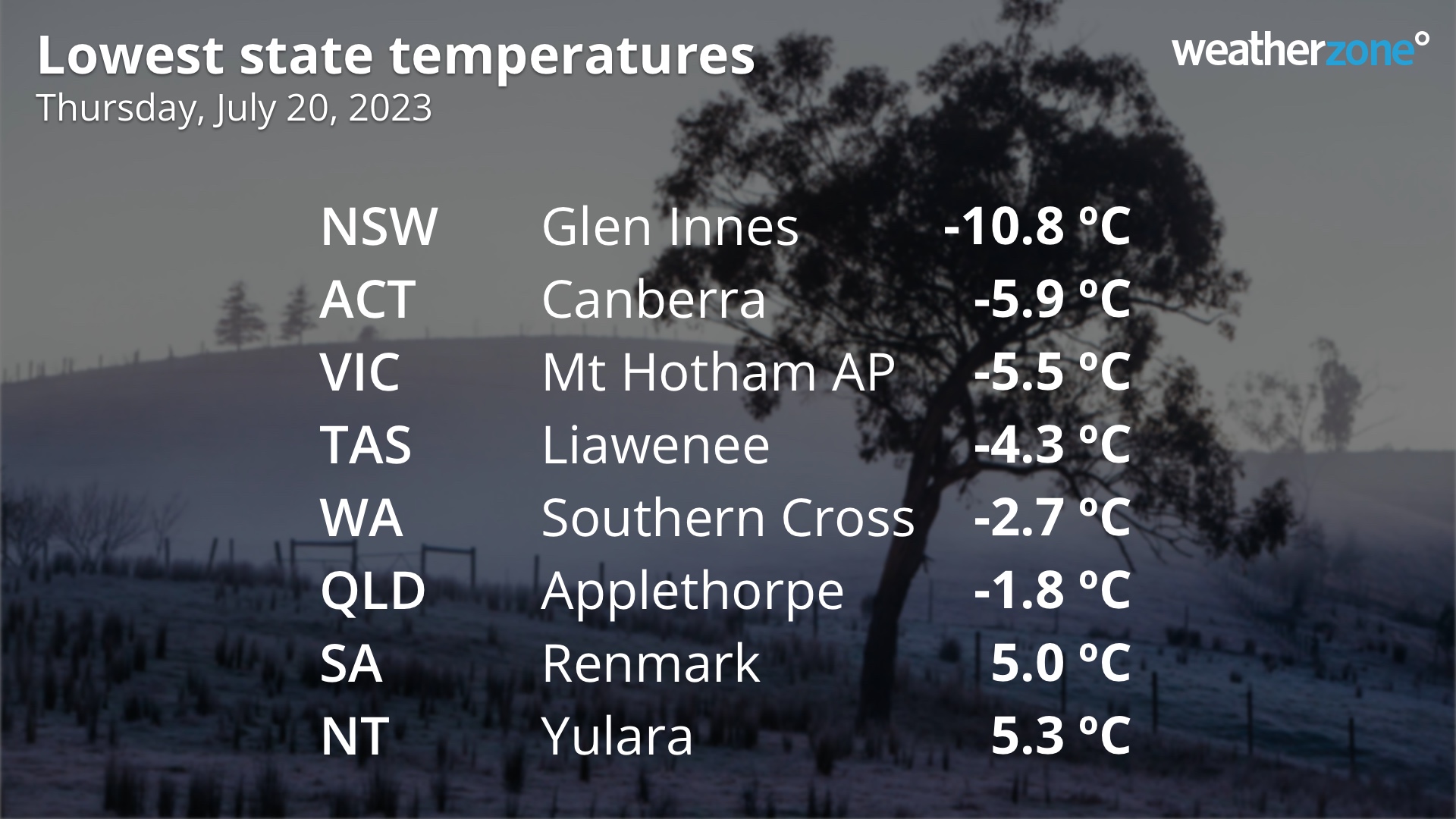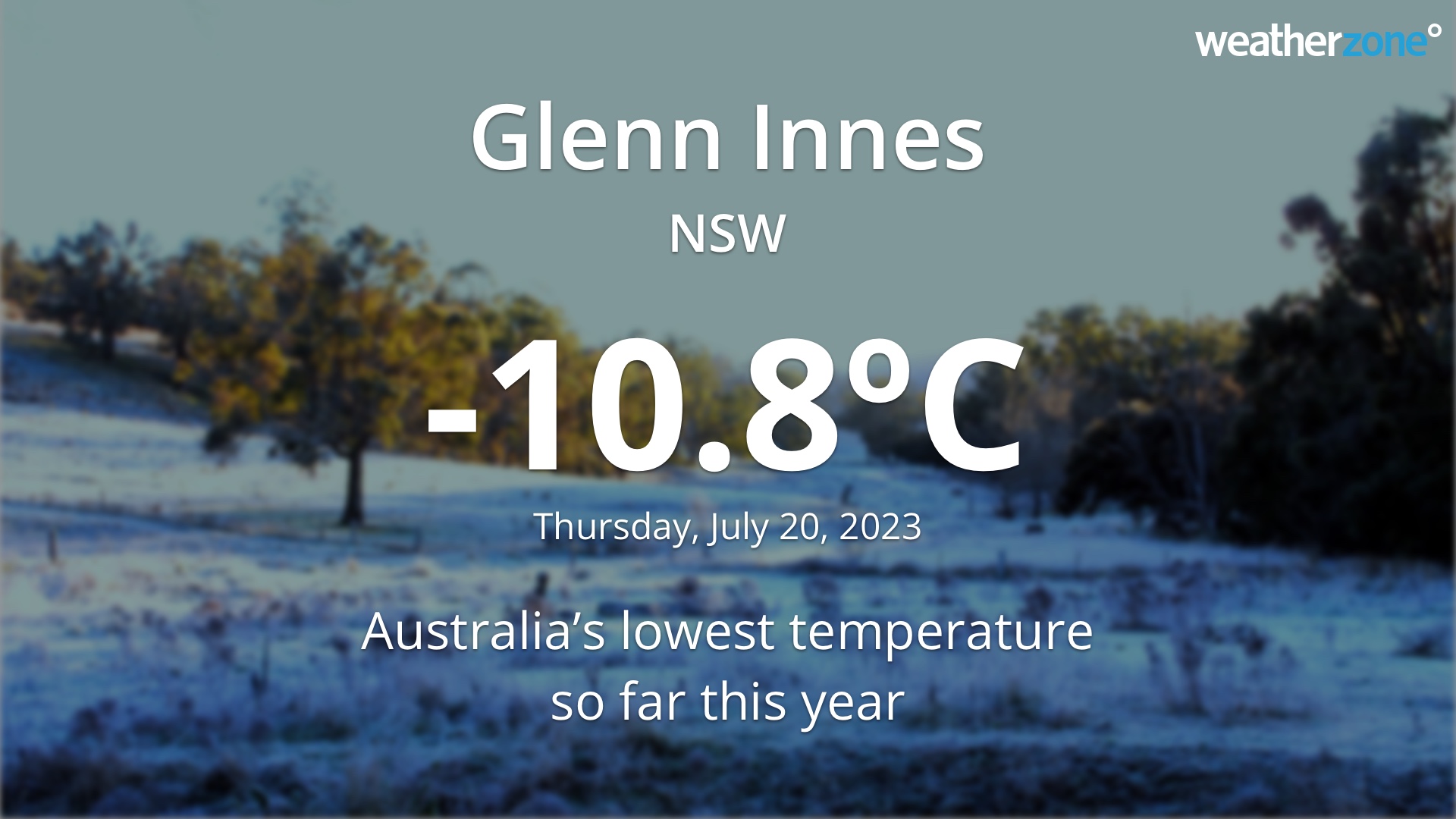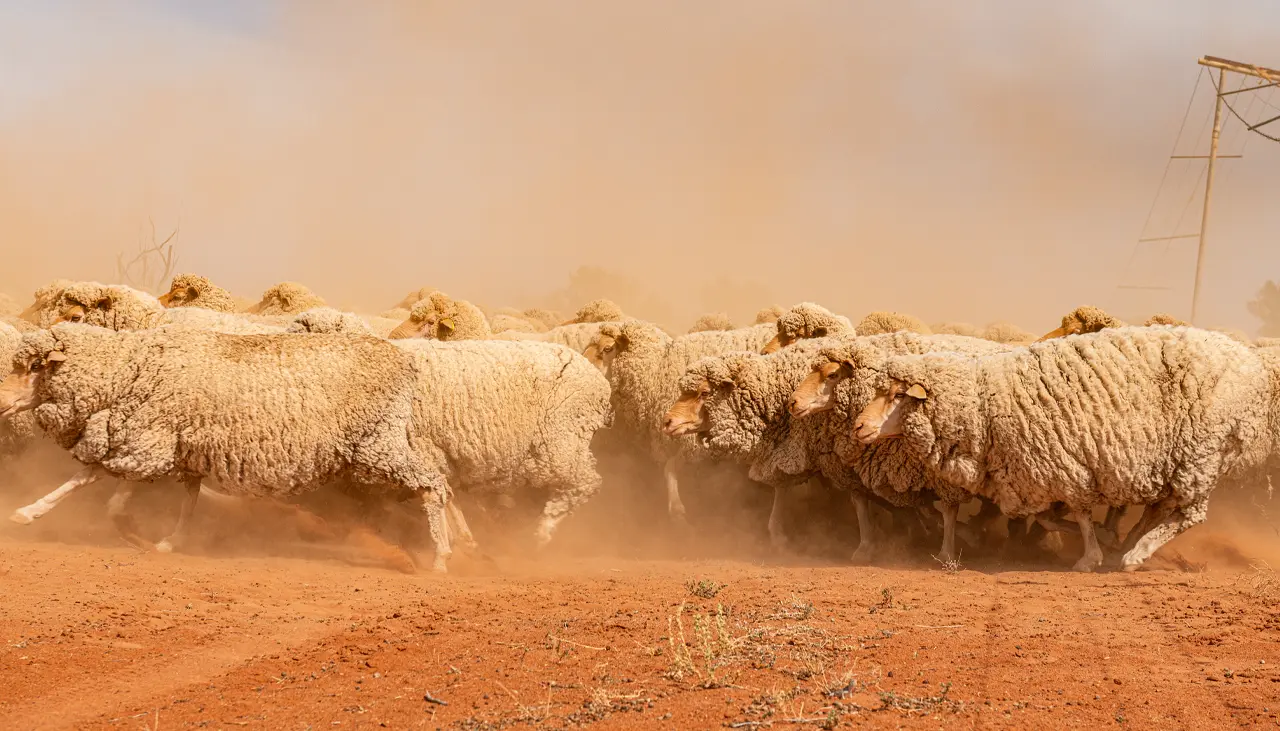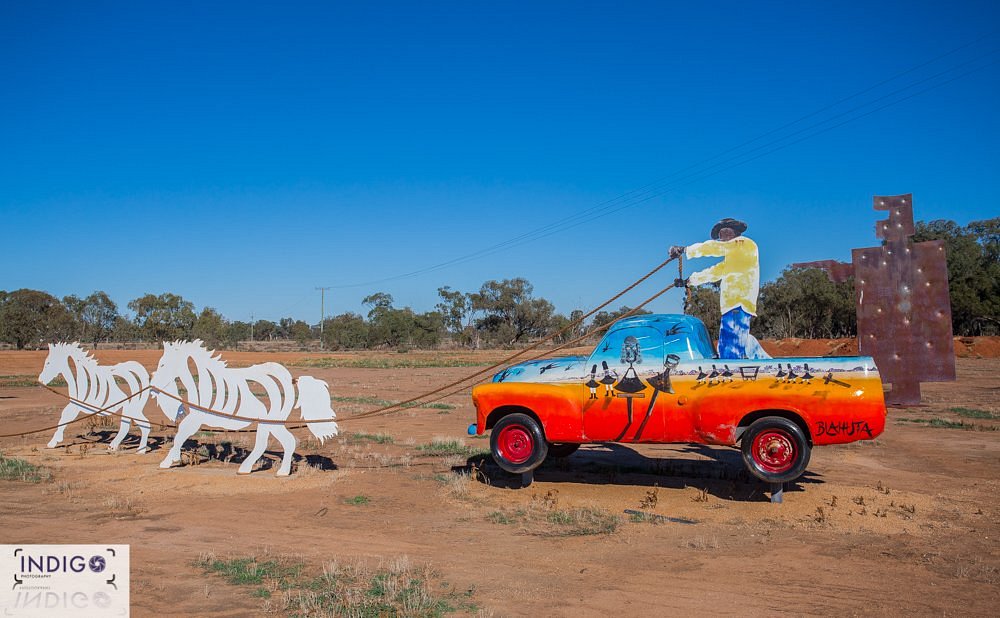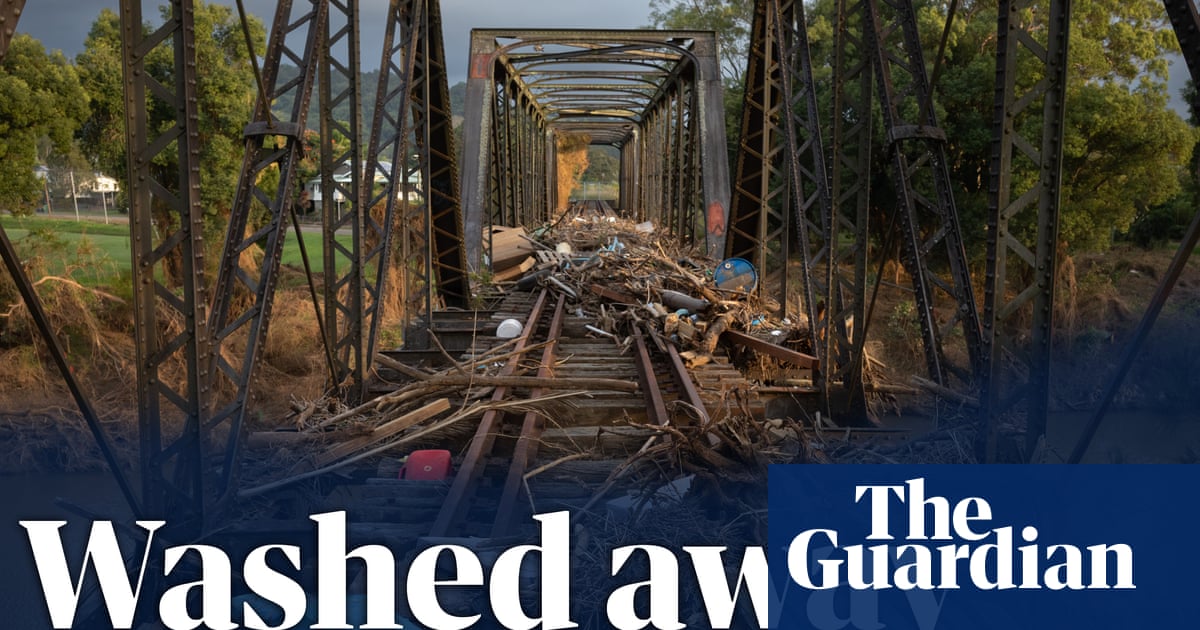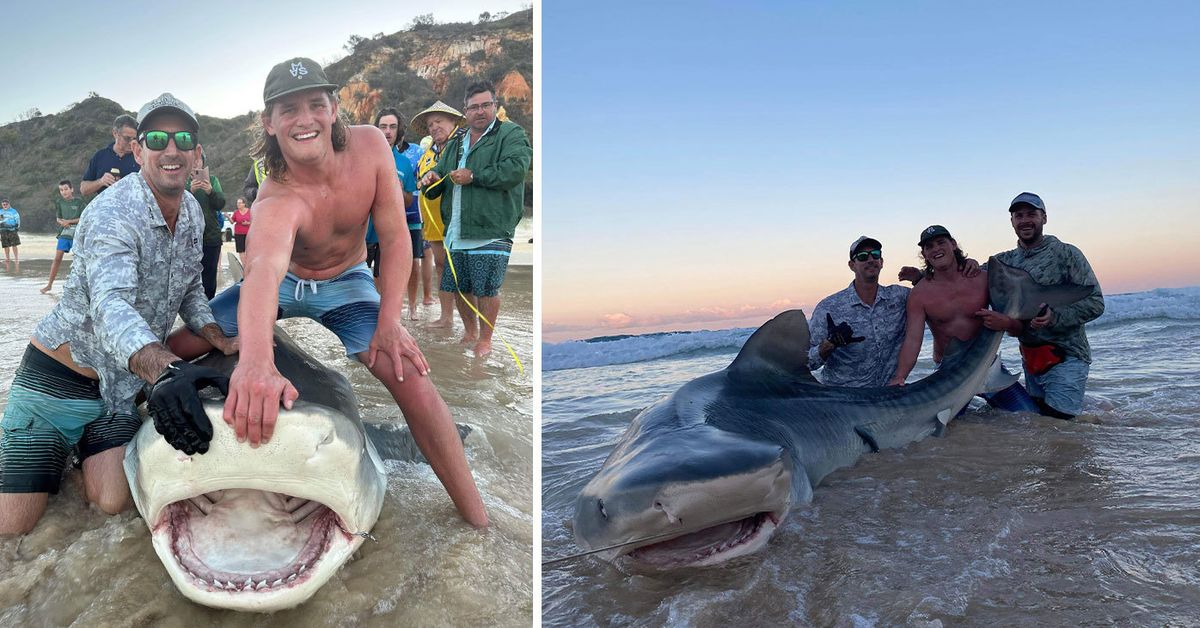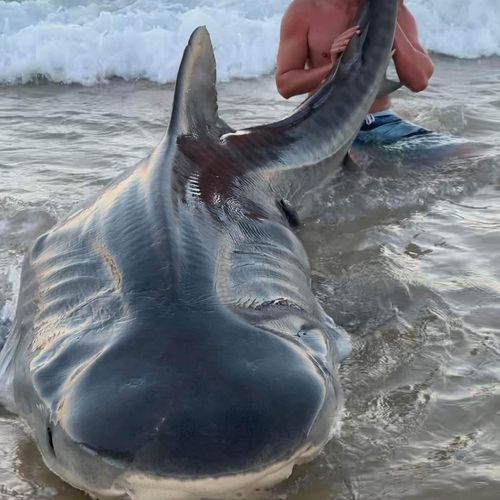The Impossible Outback Romance of Borroloola
Borroloola is a tiny township located a daunting 954 km south-east of Darwin and 380 km east from the Stuart Highway. Put another way that’s 760 km return - just from the main north-south highway. There is nothing in between and only a solitary town of around 800 people (over 600 of whom are Aborigines living outside the town) which is on McArthur River which, in turn, is 50 km upstream from the Gulf of Carpentaria.
Established in the late 19th century, Borroloola quickly acquired a reputation as a wild frontier town. Drovers moving cattle between the Kimberley and Western Queensland stopped in the town and a trade in rum, smuggled from Thursday Island, was established. It became known as a centre for criminals, murderers and alcoholics - a reputation it only lost in the 1930s.
The town in those early days was beautifully captured in an article which appeared in the Northern Standard in 1931. The writer recalls: "What a motley crowd they were! Brumby runners from the Calvert and Robinson Rivers, the Orphan (Jack Martin) Jack Sherringham (who the police were after for lifting horses in Queensland) Pigweed Harry (Harry Herbert), Billy Hynes (Billy the Informer), Big Eyed Billy, Johnnie Mooney and others. Old Billy Macleod (an old Palmer prospector and a great bushman and one of the whitest men in the north) with his two partners, O'Brien and Hunt (also old time Palmer prospectors) were starting a store at the landing ... A few days after we arrived, a schooner came up the river and made fast at the landing. The schooner was the 'Good Intent' and Black Jack Reid, or Maori Reid, owner in command of her. Her first mate was a big buck American nigger. We never heard his name, but christened him 'Smoked Beef'." [I apologise for the 1930s racism].
With such a reputation it is surprising that one of the most persistent legends about the town relates to a huge outback library. The story goes that in the 1890s the resident officer in charge of the Borroloola Police Station, an Irishman named Cornelius Power, decided to establish a town library. He was granted a small sum of money and duly ordered some books from Mudie's Select Library in London. From that point the story becomes blurred. Somehow, by the 1920s, the library had grown to 3000 volumes and, Northern Territory mythologising being what it is, the rumour mongers had a field day.
Some people suggested that a grant of books had been made by Lord Hopetoun the Governor of Victoria and later the first Australian Governor-General. Another theory was that, sometime in the 1920s, the Carnegie Trust of USA or the Andrew Carnegie Foundation (sources differ) were asked for some good reading material and had sent books to a number of isolated settlements and consequently the library at Borroloola was expanded.
The library was initially housed in the Court House but when it was demolished they were transferred to the local lockup. The predictable joke of well-educated criminals is supposed to have become a reality when W. E. (Bill) Harney was gaoled for six months for cattle duffing. Certainly Harney went on to write a number of books and by 1958 he had been appointed official curator at Uluru.
Equally the Hermit of Borroloola, Roger Jose, who lived for years in a 1000-gallon drum, reputedly knew vast sections of Virgil's Aeneid in Latin.
Today the remnants of the library have been dispersed. At the end of World War II the library was taken to Darwin where it was stored in a shed behind the Administration Buildings. Those books that weren't destroyed by silverfish, cockroaches, mildew, and the humidity of the tropics, found their way into private collections or simply disappeared.
Visitors to the town today can go to the Old Police Station Museum where a single volume from this great library is on display. I checked with Janet Webber at the Museum who explained: "We have only one of the library books. We received it about three years ago - a large Webster's Dictionary - the family who had it decided that it deserved to go home to Borroloola as it had survived the big Katherine floods of 1998. It had originally been borrowed/taken in the 1930's and had been in the family since then."
I love it. A place of wildness and romance far removed from the sedate urban lifestyle most Australians now live. Once there were wildmen … and they were learned. Check out
http://www.aussietowns.com.au/town/borroloola-nt and be amazed.

BOROLOOLA
https://www.aussietowns.com.au/town/borroloola-nt
http://www.aussietowns.com.au/town/borroloola-nt

